Following the announcement that The Queen will be receiving an extra 10% funding for the next decade to fund £369 million of repairs to Buckingham Palace, we thought it time to remind you how the institution of Monarchy is funded, and the cost of it.

The 2015/2016 financial year saw the Privy Purse receive £40.1 million from the Treasury, with figures announced in June.
How is The Queen paid?
The Palace (not The Queen) receives the Sovereign Support Grant each year to fund all expenses related to official duties. This includes cost of incoming State Visits, staff wages, duties such as the State Opening of Parliament, travel for The Queen, Duke of Edinburgh and the extended working Royal Family, the cost of the royal wardrobe, as well as the upkeep of Windsor Castle, Buckingham Palace and Frogmore at Windsor, iconic and historic buildings themselves.
It does not include supporting non-working Royals such as Princess Beatrice or Zara Tindall, nor any running costs for Balmoral or Sandringham, which are privately owned by The Queen.

The amount received is related to the profits of the Crown Estate. The Crown (not the Monarch) is the legal owner of the Crown Estate, and so currently The Queen is its proprietor. However, she does not run the estate, nor is she consulted on how it is run. Most importantly, the Government does not own the Crown Estate either – it is run by an independent board, The Crown Estate Commissioners, who decide how the estate and its properties are managed.
The Crown Estate and its workings are not widely known by the British public. Here is a little more on the Crown Estate and its unique status as a public body, taken from its website:
“Firstly, we are a net contributor to the nation’s finances, each year sending our profit to the Treasury for the benefit of the nation.
Secondly, whilst we work with the grain of government policy, we are not a delivery vehicle for government policy. So we are not a quango in this sense.
Thirdly, we are a fully independent organisation with a separate legal identity and accounts. The Treasury is our sponsor department, but we are separate from them. Our role is set out in the Crown Estate Act 1961 and not by the government of the day.”
Since royal finances can be a little complicated, here is a brief explanation of how it is worked out to the figure that Her Majesty receives in the form of the SSG.
The Sovereign Support Grant:
The Queen receives 15% of the profits from the Crown Estate, but from funds two years in arrears. So for 2015/16, the amount was based on the profits of 2013/14 (£267.1 million). This is the Sovereign Support Grant (SSG), which replaced the Civil List.
All profits from the Crown Estate’s work (be it renting of land or property, sales of goods etc) go to H.M. Treasury (i.e. the Government), and the Palace receives its money directly from the Chancellor. This payment is 15% of the amount the Crown Estate already pays in to the Treasury, and so in this sense, the public do not fund the Royal Family through their taxes.
The Queen pays tax on the income from her Sovereign Support Grant
This arrangement also means that 85% of profits from the Crown Estate are gifted to the Treasury, and is disseminated into public spending departments such as the NHS, and welfare system; this year it was a whopping £304.1 million to be spent for the benefit of the British people.
In addition to the taxes already paid by The Queen on the SSG, the Palace (Privy Purse) also pays tax on the income provided by the Duchy of Lancaster, which she is entitled to as Monarch. This is a tradition which goes back centuries and allowed the Royal Family funds without having to levy taxes, giving the Sovereign a personal income.
While the Duchy does not pay tax, the income receivable by the Privy Purse is taxable, after the deduction of official expenditure – thus The Queen is still paying into the Treasury. Her Majesty has voluntarily paid tax on this income since 1993.
The estate took bumper profits of £304.1 million in 2015/16, meaning the next SSG should be around £45.6 million, if there were not to be an increase for repairs.
In 2010, the Telegraph admitted that the Civil List’s (old royal finance system also linked to the profits of the Crown Estate) ‘£35.1 million is dwarfed by the £226.5 million profit passed to the Treasury by the Crown Estate’, and Prof Matthijs of Ghent University praised the British Monarchy in 2012 as one of the most open about its finances.
However, it must be made clear that The Queen does not take a salary for her work – which is often not the case with European Monarchies, and certainly not for presidents.

Breakdown of the 2015/16 financial year
The Duke of Edinburgh is now the only other member of the Royal Family besides The Queen to directly receive money for official expenditure; he receives a parliamentary annuity of £359,000 per annum. Under the Civil List, other members of the Royal Family were given allowances for their work. By 2002 there were eight recipients of parliamentary annuities, receiving a combined total of £1.5 million per annum. After 1993 and prior to 2012 (when the SSG replaced the Civil List) The Queen voluntarily refunded the cost of these annuities to the Treasury.
Her Majesty spends over £1 million of her own money on supporting members of her family carrying out engagements on her behalf; this comes from her personal income (the Duchy income, which is taxable) not the SSG, and includes Prince Andrew, Prince Edward and The Countess of Wessex, Princess Anne and Sir Tim (on the odd occasion he represents The Queen), as well as The Duke of Kent, Princess Alexandra and The Duke and Duchess of Gloucester. Princess Beatrice and Eugenie are not financially supported by The Queen in an official capacity, as they are not working Royals.
The cost of official travel for work the Royal Family undertakes is also taken from the SSG payment – this was £4 million for this last financial year, a decrease of £1.1 million (21%) on the 2014/2015 figure; this includes the cost of the The Queen’s Helicopter Flight (the royal helicopter), the Royal Train, and the use of cars for royal engagements, as well as travel between residences for the family. This was accompanied by a 9% fall in greenhouse gas emissions.

Prince Charles supports himself and Camilla, as well as The Duke and Duchess of Cambridge and Prince Harry in their official business, but travel is included in The Queen’s SSG.
April 2015 also saw the Royal Mews in Buckingham Palace being taken over by Palace accounts, from the Metropolitan Police.
Her Majesty is known to prefer simple living; if she had the choice, she would probably live in a smaller house, like Sandringham, with a smaller staff. However, as Sovereign, it is tradition to live at Buckingham Palace, and grand historic buildings such as these require upkeep, and over 400 staff to help run it.
Of course, upkeep and maintenance on such important and historic buildings is expensive! Regardless whether or not our Head of State resided in these buildings, they would still have to be looked after and kept in proper working and functional order as historically significant establishments.
But since Her Majesty resides in the Palace, she ‘is expected to pay for the upkeep of the occupied palaces using money she is paid from the Sovereign Grant’.
Earlier this year, it was estimated that £150 million was needed to secure the buildings; this includes removing asbestos from Buckingham Palace and renewing the lead roof of the Royal Library and replacing water mains at Windsor Castle. It is reported that staff regularly use buckets to protect art and antiquities from the water coming in.
This last year, £18 million was spent on property maintenance alone, almost a £5 million increase on last year due to their poor condition.
Just £0.3 million was transferred to the Sovereign Grant Reserve for future use of repairs and maintenance in 2015/16, showing the increasing need for repairs, as this figure was £2.2 million in 2014/15.
In order to support itself and not rely on the Treasury for funding, the use of royal buildings – be it for one-off functions or letting longer term – generated a further £13.9 million in the last financial year.
There was an increase in staff spending, which was attributed to ‘new roles in property maintenance and major projects’: just five extra staff were employed (up to 431 members) totalling spends of £19.5 million (2014-15: £18.7 million).
Buckingham Palace repairs…
The Queen will get 25% of Crown Estate profits until 2027, in order to fund these huge repairs.

Buckingham Palace is in need of £369 million of work (Datmater)
The amount will return to 15% when the renovations are complete, meaning we have functioning and safe royal residences for both the Royal Family and for visitors.
Either way, these buildings would have to be cared for as historic buildings, even if they were used for tourism – no one wants a crumbling Palace, do they?
Worth noting:
Sir Alan Reid, Keeper of the Privy Purse (in control of royal finances), said in 2014 that figures have shown that royal funding had fallen by eight per cent in the last two years, when maintenance costs of Palaces were removed.
Security is never included in a royal finance bill, as the government provides it through the police. No Monarchy or presidency publishes the cost of security, therefore it is not really comparable or relevant to the cost – any Head of State and their family needs protection.
Nadine Dorries, MP, has said: “What I am totally against is this out-and-out yearly attack of the Royal Family because of who they are.
“They are great for Britain, the British people love them. I actually felt quite embarrassed listening to Margaret Hodge reel off the list of repairs that need doing to the royal buildings that we have not funded as a country, because what the Royal Family does for us is beyond explanation.”
Here is the official report for 2015/16, with detailed reports available to view.

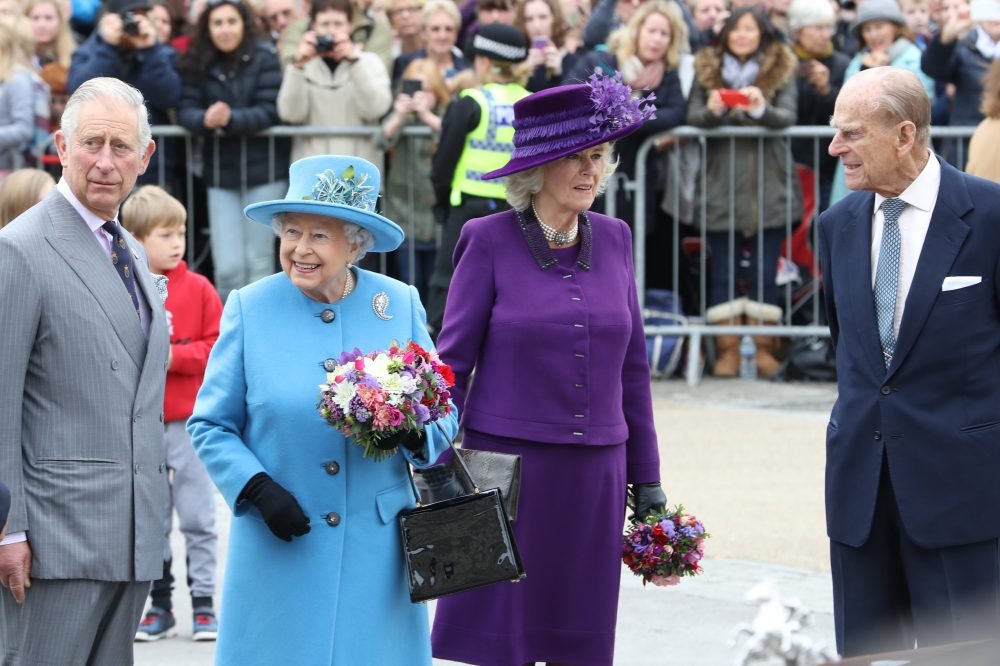

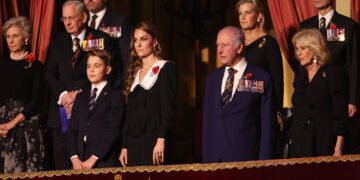
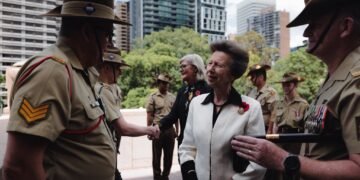

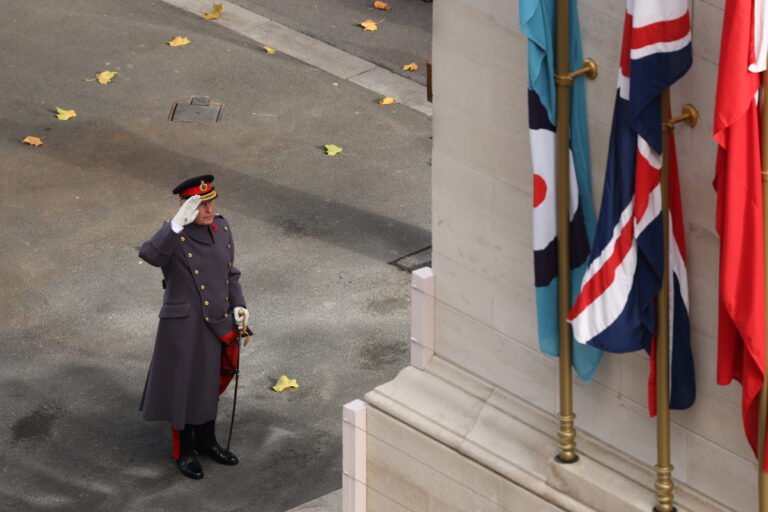

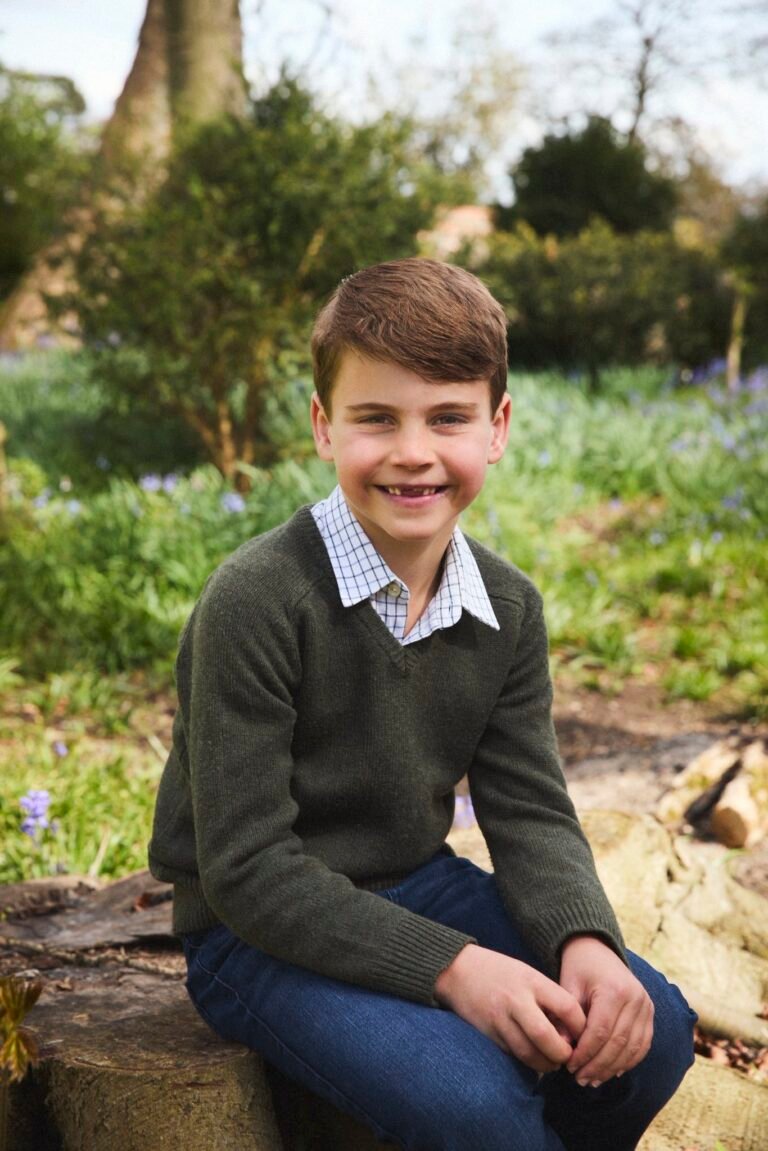
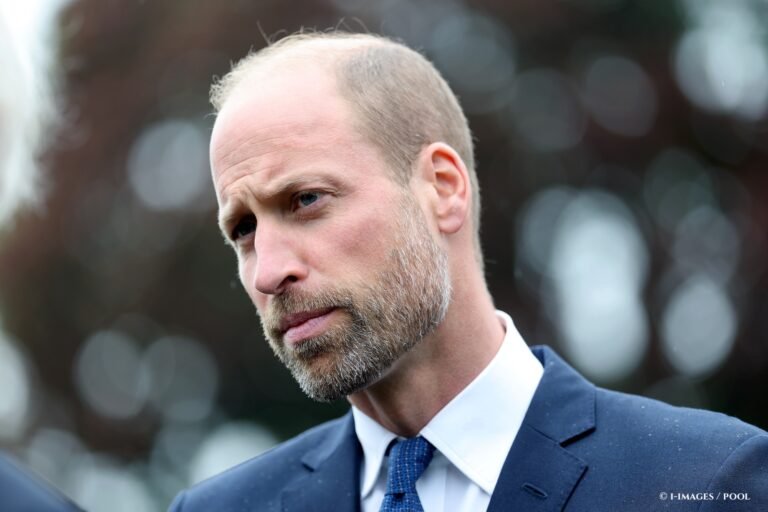
Good Afternoon,
It is seems to me, the cost of living in England are very high. Why is it so high in cost? It is because there is not enough work for the people to do?
I’m waiting to hear your reply.
Thank You,
Elcy Silfrene
My comment is not in reference to the amount the Queen is paid, but more to their lifestyle.
I live in Canada and am a very strong supporter of the Royal family and what they mean to a country.
In my younger days my Scottish parents believed very strongly in the Royal family and expressed that to me and my siblings.
So here goes; ………..When the Queen, Duke, Princes and Princesses etc. are not doing their official duties, how do they spend their time.
Do they fish, cut their lawns, wash their cars, fix what needs to be fixed around the house and so on.
I would hate to think they just sat and waited for a staff member to bring the a soft drink or tea.
Do they always walk around the palace/house/estate dressed to the hilt….maybe they let their hair down and run around in the nude or in jeans/track pants.
Thank you,
Bruce Allan